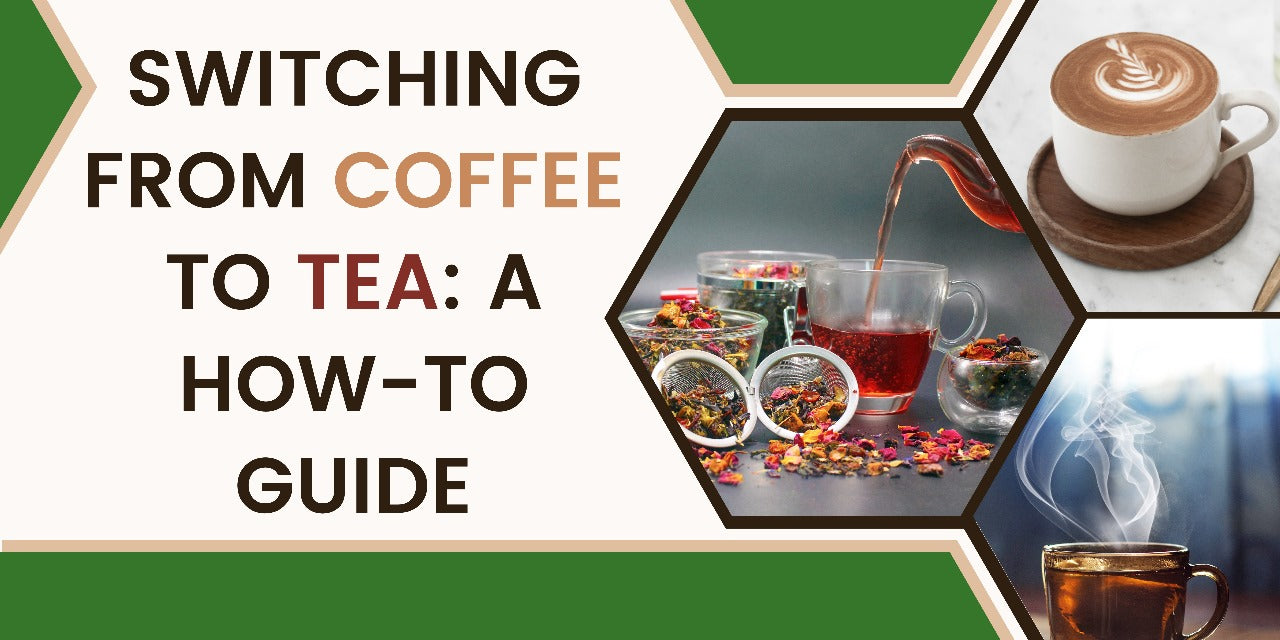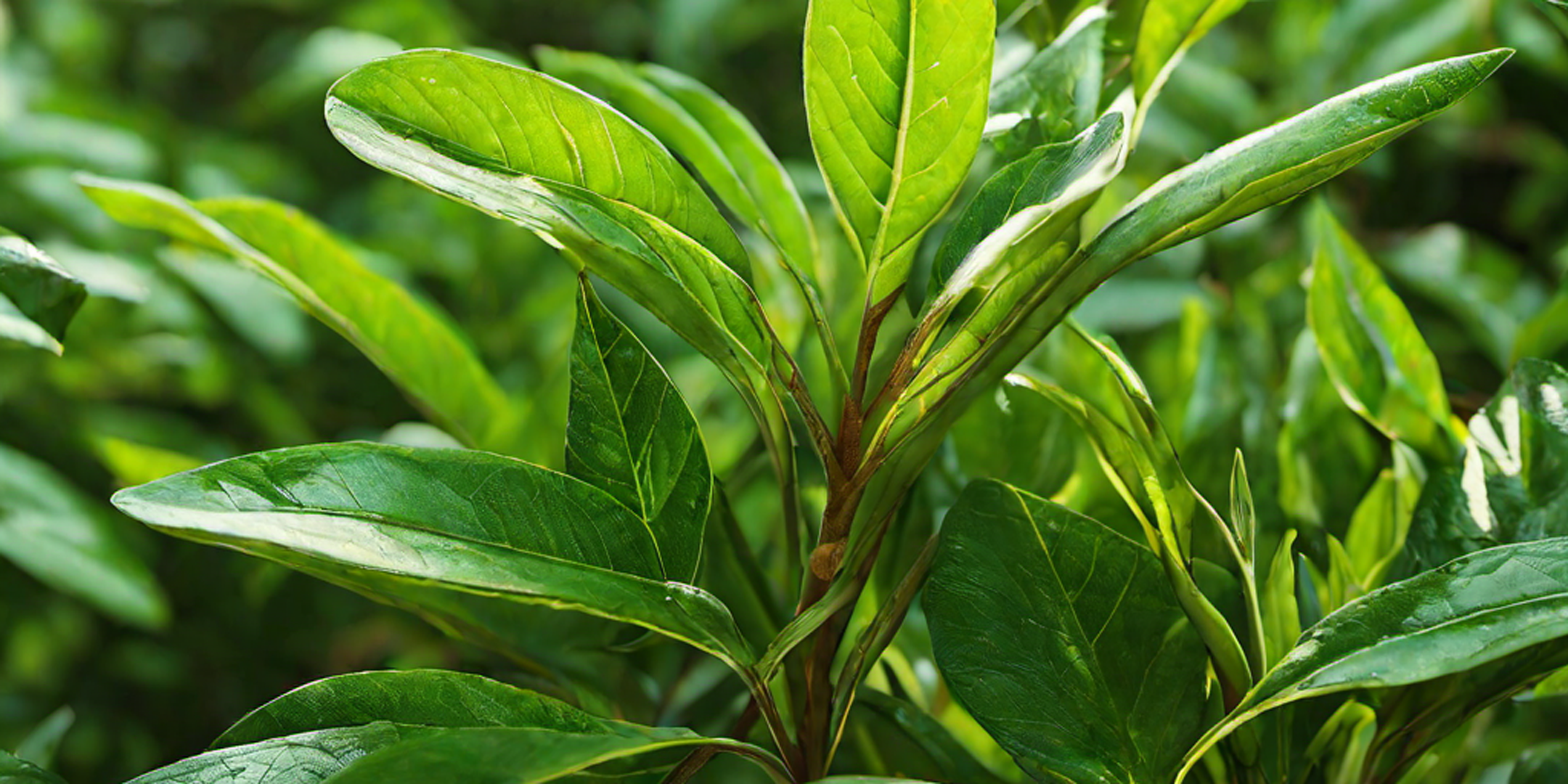Darjeeling tea, often hailed as the "Champagne of Teas," is a captivating and highly sought-after variety of black tea grown in the picturesque Darjeeling district of West Bengal, India. Renowned for its distinct musky flavor and exquisite floral aroma, this tea holds a special place in the hearts of tea connoisseurs worldwide. In this article, we will delve into the captivating journey of Darjeeling tea, exploring its unique characteristics, the factors that contribute to its exceptional quality, and the reason it holds the esteemed designation as the "Champagne of Teas."
The Enchanting Origins of Darjeeling Tea
A Stolen Treasure
The story of Darjeeling Tea begins with a remarkable act of thievery. In the mid-19th century, the British East India Company sought to establish a lucrative tea industry under their control. They tasked botanist Robert Fortune with smuggling live tea bushes from China and replanting them in the foothills of the Himalayas. The cool high-altitude climate and unique terroir of Darjeeling proved to be a perfect home for these stolen treasures and thus began the journey of Darjeeling tea.
A Symphony of Nature and Nurture
Darjeeling's tea gardens, nestled amidst the breathtaking Himalayan mountains, create a harmonious symphony of nature and nurture. The region's sub-tropical climate, alternating between sunny and cloudy periods, provides the ideal conditions for tea cultivation. The cool temperatures and optimum rainfall contribute to the slow growth of the tea bushes, allowing them to develop their exquisite flavors and aromas. The soil, slightly acidic in nature, imparts a distinctive character to the tea leaves.
The Unique Characteristics of Darjeeling Tea
Musky Flavors and Floral Aromas
One of the defining features of Darjeeling tea is its unparalleled musky flavor, reminiscent of the Muscat family of grapes. This unique taste is often described as a delightful combination of grapey fruitiness and yeasty, buttery oven-baked brioche aroma. The tea's typical grassy character is beautifully complemented by the muscatel notes, creating a symphony of flavors that dance on the palate. The musky spiciness is particularly pronounced in the teas harvested during the Second Flush, which occurs from late May to late June.
Limited Production, Incomparable Quality
Darjeeling tea holds a special place in the tea world due to its limited production and uncompromising focus on quality. The region produces only around 1% of India's annual tea production, making it a rare and exclusive variety. The labor-intensive cultivation and hand-picking of tender shoots ensure that only the finest leaves are selected for processing. This meticulous attention to detail and commitment to excellence contribute to the unparalleled quality of Darjeeling tea.
Geographical Indication: Protecting Darjeeling's Legacy
To safeguard the authenticity and integrity of Darjeeling tea, it has been granted a Geographical Indication (GI) status. Much like Champagne can only be called so if it comes from the Champagne region of France, Darjeeling tea can only be produced in the Darjeeling district. This GI protection ensures that teas bearing the Darjeeling name are grown and processed exclusively in this region, protecting the legacy and reputation of this prized tea.
The Art of Cultivating Darjeeling Tea
Hand-Picking: A Labor of Love
Cultivating Darjeeling tea is a labor-intensive process that relies heavily on skilled workers who meticulously hand-pick the tea leaves. Experienced tea pluckers comb the plantations, carefully selecting shoots that bear two leaves and a bud. The hand-picked leaves ensure the preservation of the tea's delicate flavors and aromas. It takes an astonishing 20,000 to 22,000 shoots to produce just one kilogram of Darjeeling tea, highlighting the dedication and craftsmanship involved in its production.
Organic Farming: Nurturing Nature's Bounty
Many Darjeeling tea plantations practice organic farming, embracing sustainable cultivation methods that prioritize the well-being of both the environment and the tea workers. Organic farming eliminates the use of synthetic fertilizers and pesticides, allowing the tea plants to thrive naturally. By adopting organic practices, tea gardens in Darjeeling create a harmonious ecosystem that supports biodiversity and ensures the production of pure, chemical-free teas.
The Flavors of Darjeeling Tea: Flushes and Beyond
Darjeeling tea offers a captivating journey for the taste buds, with each flush showcasing its own distinct characteristics. Let's explore the three main flushes and the flavors they bring to the cup.
First Flush: Delicate Elegance
The First Flush, also known as the Spring Flush or Easter Flush, marks the first growth after the dormant period. Harvested from late February to mid-April, these tea leaves are treasured for their delicate and nuanced flavors. The First Flush Darjeeling teas boast a light and ethereal character, with hints of floral notes and a refreshing briskness. The tender leaves of this flush are highly sought after by tea enthusiasts for their captivating aromas and subtle complexities.
Second Flush: Rich and Robust
Following the First Flush, the Second Flush emerges, offering a more robust and mature flavor profile. Picked from late May to mid-June, these tea leaves undergo further development, resulting in a deeper infusion. The Second Flush Darjeeling teas exhibit a well-rounded taste, often characterized by muscatel notes, stone fruit undertones, and a full-bodied nature. This flush is particularly cherished for its ability to create a delightful afternoon tea experience, pairing perfectly with scones and tea sandwiches.
Third Flush: Autumnal Warmth
The Third Flush, also known as the Autumn Flush, takes place in the later part of the year. After careful tending and nurturing, the tea bushes produce large leaves that yield a rich and full-bodied liquor. This flush showcases a darker infusion with a warm and comforting flavor profile. The Third Flush Darjeeling teas are often favored as breakfast teas, boasting a robustness that complements the morning rituals. This flush provides a satisfying cup that embraces the essence of autumn.
Savoring the Elixir: Brewing and Appreciating Darjeeling Tea
Preparing and savoring a cup of Darjeeling tea is an art in itself. Let's explore the recommended brewing techniques and the sensory experience that awaits.
Brewing Darjeeling Tea: A Gentle Dance
To fully unlock the flavors and aromas of Darjeeling tea, it is essential to follow the proper brewing techniques. Begin by bringing water to a rolling boil, around 205-212°F (96-100°C). Measure one rounded teaspoon of loose Darjeeling tea per cup and place it in a teapot or infuser. Pour the hot water over the leaves and steep for approximately 3 minutes, allowing the tea to infuse and develop its unique characteristics.
The Tea Tasting Ritual
When the ideal brewing time is reached, remove the tea leaves to prevent oversteeping. As you pour the tea into your cup, observe its depth of color and clarity, appreciating the visual beauty of the liquor. Take a moment to inhale the captivating aroma, allowing the fragrant notes to envelop your senses. Finally, take a sip and savor the briskness, quality, strength, and aroma of Darjeeling tea, allowing its complexities to unfold on your palate.
Protecting Darjeeling Tea's Legacy
The Fight Against Counterfeit Teas
With its prestigious reputation and limited production, Darjeeling tea has unfortunately become a target for counterfeiters. In the past, teas sold as Darjeeling were often blends that contained lesser-quality teas. To protect the authenticity of Darjeeling tea, the growers sought legal protection for the geographical indication of Darjeeling tea. Through their efforts, the use of the "Darjeeling" name on blended teas was phased out, ensuring that only teas grown in the Darjeeling district bear this revered title.
Conclusion: A Journey of Taste and Elegance
Darjeeling tea, the Champagne of Teas, offers a captivating journey for tea enthusiasts around the world. From its enchanting origins and unique characteristics to the art of cultivation and the flavors of each flush, Darjeeling tea embodies elegance, craftsmanship, and the harmonious blend of nature and nurture. By savoring a cup of Darjeeling tea, you partake in a timeless tradition, embracing the exquisite flavors and aromas that have captivated tea lovers for generations. So, brew a cup, indulge your senses, and embark on a delightful journey with this remarkable elixir, the Champagne of Teas - Darjeeling tea.
Additional Information: Darjeeling tea is known for its high antioxidant content and potential health benefits, including improved cardiovascular health and enhanced digestion.




